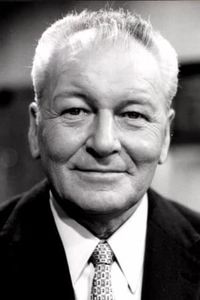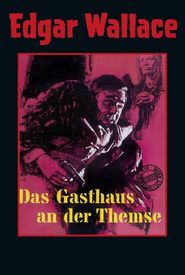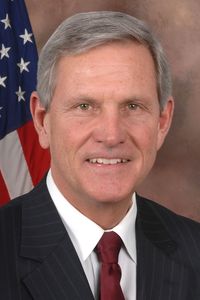Born in the year nineteen hundred and eleven, a youthful Heinz Engelmann took his first steps on the path that would shape his destiny, commencing his journey by enrolling at the Physical Education Institute. However, his academic trajectory took a dramatic turn as he opted to pursue drama studies, a decision that would have a profound and lasting impact on his future endeavors.
It is hardly surprising, given his educational background in physical education, that he secured a multitude of roles demanding sportsmanship during the early years of his acting career. His physical education training had undoubtedly honed his athletic skills, rendering him well-suited for parts that required a high level of physical fitness.
Conversely, he was frequently cast in roles portraying soldiers or officers, a testament to his remarkable versatility as an actor. This versatility, coupled with his impressive physical abilities, enabled him to tackle a wide range of characters, solidifying his reputation as a talented and accomplished thespian.
After a six-year pause in his acting career due to the war, Heinz Engelmann re-entered the film industry, only to swiftly become a household name on television, where he made numerous appearances in various series and films.
He is most notably remembered for his starring roles in several television series, including the 1966 production of Förster Horn, where he played the titular character, the 1968 series Drei Frauen im Haus, alongside the renowned actress Magda Schneider, and the 1969 series Junger Herr auf altem Hof.
In addition to his television work, Engelmann also began to focus more on dubbing, lending his voice to a range of international stars, including John Wayne, Stewart Granger, Rock Hudson, and William Holden, among many others, a testament to his exceptional vocal range and versatility as a performer.
Noteworthy was his commitment to crafting the German dialogue for American films and television shows, a demanding task that necessitated not only a profound grasp of the German language but also a deep understanding of the original content's nuances and subtleties.
Moreover, his role encompassed overseeing the post-synchronization process, a responsibility that required a unique blend of linguistic expertise, cultural awareness, and a keen sense of storytelling.
In one of his final on-screen appearances, he appeared in Barbet Schroeder's iconic film, More (1969),a poignant testament to his remarkable talent and unwavering dedication to his craft, leaving an indelible mark on the world of cinema.
Heinz Engelmann's mortal coil was laid to rest in the year 1996, marking the culmination of a remarkable life that had spanned a remarkable 85 years. As his earthly journey came to a close, he left behind a rich and enduring legacy that would continue to captivate, inspire, and delight audiences for generations to come, a testament to the profound and lasting impact he had on the world around him.


















